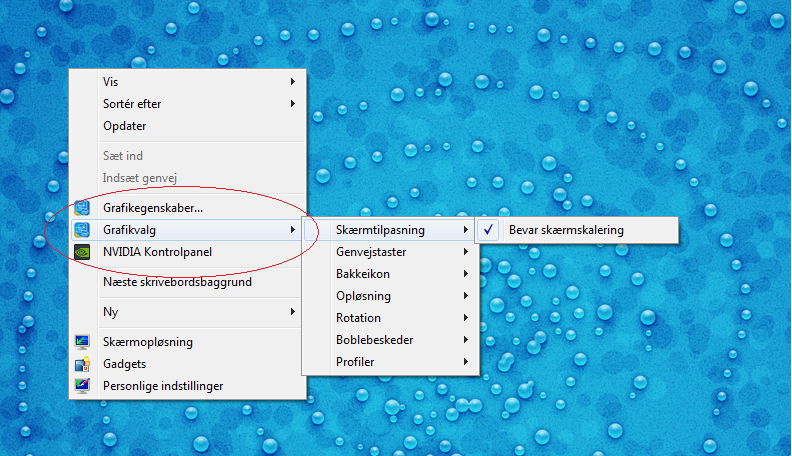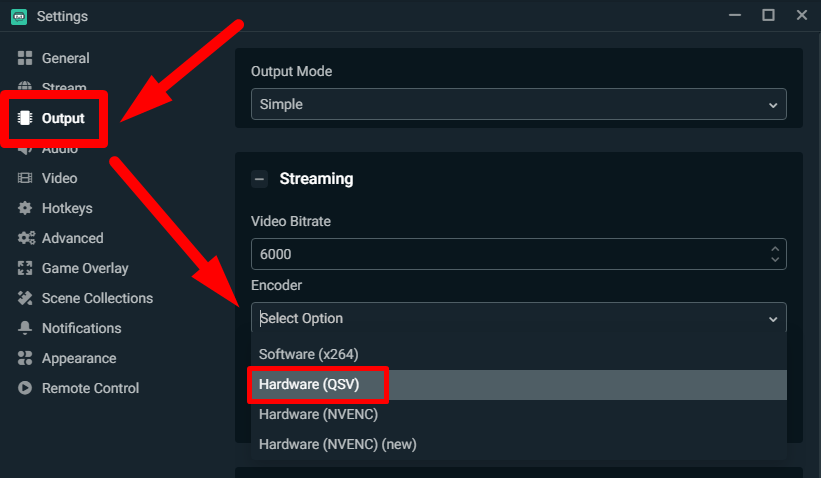

- #Quicksync streaming 1080p#
- #Quicksync streaming driver#
- #Quicksync streaming full#
- #Quicksync streaming software#
- #Quicksync streaming windows#
Sort by your operating system, and change the relevance to "newest." Download the latest driver for your system, making sure it's not the Pentium/Celeron driver if that's not what you have. If the circled field says "Yes" then you're in luck! You're able to do this! Click on "Software Downloads" now. There's a lot of interesting information here, but only one field that's necessary for our needs. Now you've found your way to Intel's spec-sheet page. Nine times out of ten if you put in your processor tier (i3/i5/i7) and SKU you'll get the first or second result from Intel's website. You'll get a window like this, you can find your processor shown with the red arrow.Įxcellent, back to Google-fu young grasshopper.
#Quicksync streaming windows#
Press your Windows key or click the start menu, we're about to search up in this bish. Open up Google and type in your CPU's name.īut I don't know what it is? It's just an Intel! Now, I'm a lazy person, too much so to deal with Intel's website, so we'll use Google-fu. Where do I begin?Ĭongratulations on taking your first step to a better recording experience! To begin, we must verify that your CPU is even able to begin the task of QuickSync encoding. You've convinced me, my computer is not the best, I don't have Linus' storinator, and I want to upload my gameplay to YouTube. Remember the difference in file sizes I mentioned? FRAPS took up 4.22 GB for a shorter run, 106 MB using OBS for the same quality. The above was recorded in OBS (Again, OBS did not effect frame rate) but you'll want the raw footage to see for yourself. Here we have the test shown running with QuickSync, unfortunately I have no ability to point a camera at my monitor and run it without OBS recording, so you'll have to take my word that there's no performance impact.Īnd of course, the quality.

FRAPS will do worse for your framerate for the same, but I'd have to argue worse, quality. I've done a test, some variance between the runs but the point is made nonetheless. 24 hour gameplay session you want to put on YouTube? I hope you have a large RAID array for all that footage. And you'll have a hard time of storing all your videos. Downside? Your performance tanks if you want good quality.
#Quicksync streaming full#
The main benefit of QuickSync is that your CPU and GPU have alleviated loads because there's no extra encoding done on them, allowing your tasks such as gaming to run at full speed unimpeded.įraps was useful when it released, it was one of a handful of good recording programs for games that wasn't watermarked and provided performance metrics that were useful. Why deal with that when there's a zero-impact solution that does better? In the case of FRAPS, as will be shown below, for a low end system that will not be the solution. Both Raptor and ShadowPlay still have an impact on performance, not much, but that little bit can make a difference between hitting smooth enough frame rates and starting to get annoying stutters and lag. Good question! A lot of this comes down to personal preference and is based around low level computer hardware in theory. Okay, why does it matter? Why use it compared to Raptor or ShadowPlay and FRAPS? This allows for faster and more power efficient video processing. Unlike video encoding on a general-purpose GPU, Quick Sync is a dedicated hardware core on the processor die. The same encoding took 83 or 86 seconds GPU-assisted, using a Nvidia GeForce GTX 570 and a AMD Radeon HD 6870 respectively, both of which are contemporary high end GPUs.

#Quicksync streaming software#
The same encoding using only software took 172 seconds but it is not clear what software encoder was used and how it was configured.
#Quicksync streaming 1080p#
A benchmark from Tom's Hardware showed that Quick Sync could encode a 449 MB, four minute 1080p file to 1024×768 in 22 seconds. The eighth annual MPEG-4 AVC/H.264 video codecs comparison showed that Quick Sync is comparable to x264 superfast preset in terms of speed, compression ratio and quality (SSIM) tests were performed on Core i7 3770 (Ivy Bridge) processor. Quick Sync has been praised for its speed. Quick Sync was introduced with the Sandy Bridge CPU microarchitecture on 9 January 2011. The name "Quick Sync" refers to the use case of quickly transcoding ("syncing") a video from, for example, a DVD or Blu-ray Disc to a format appropriate to, for example, a smartphone.

Intel Quick Sync Video is the name given to Intel's hardware video encoding and decoding technology integrated into some of its CPUs.


 0 kommentar(er)
0 kommentar(er)
